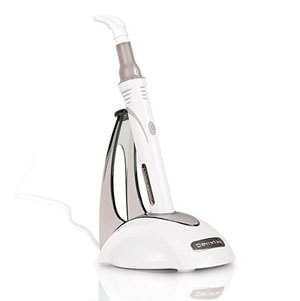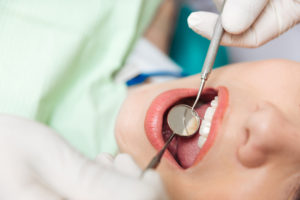Teeth can be chipped or broken in a number of ways. The most common causes of broken teeth include sports injuries, car accidents, biting hard items, and getting hit in the face. No matter the size of the chipped tooth, it is important to seek the help of a dentist right away.
What to do if you chip your tooth
When you break your tooth, clean your mouth by gargling some water right away. If your mouth is bleeding, use cotton to apply pressure to the wound. However, if the tooth is loose, do not apply too much pressure to avoid dislodging the tooth from the gum. You may also use a cold compress on the area to reduce gum swelling. If you can locate the broken part of the tooth, wrap it in a wet cotton gauze and take it with you to the dentist.
What do you do if you lose a tooth?
If the entire tooth has come out of your mouth, wrap it in gauze. If the tooth is dirty, you can rinse it off with water. However, do not scrub it or place it in a cleaning solution. Do not use a tissue to clean the tooth. If you cannot get to the dentist immediately, place the tooth in a glass of milk or a saline solution. You’ll have the best chance of having your tooth replaced if you can arrive at the dental office within a half an hour.
Broken teeth often have jagged edges that can injure your tongue and the rest of the mouth. It is important that you avoid moving your tongue around in your mouth. You can also buy some dental wax and apply it on the sharp part of the tooth before you reach the dentist. Avoid eating or flossing your teeth before the dentist looks at your teeth. You may also apply a few drops of clove oil on the injured area. Clove oil contains an ingredient called eugenol, an agent that has both anti-inflammatory and numbing properties.
How does the dentist repair broken teeth?
The treatment method that the dentist uses depends on the location and size of the crack. Some of the possible treatments for a broken tooth include bonding, polishing, crown placement, and root canal procedures. The dentist may not treat very tiny cracks and surface lines. However, if there is some trauma, sensitivity and lots of pain, the dentist may check if there is internal damage and problems underneath the gums.
If the dentist determines that the tooth cannot be saved, they may recommend extraction of the tooth followed by placement of a dental implant.
















